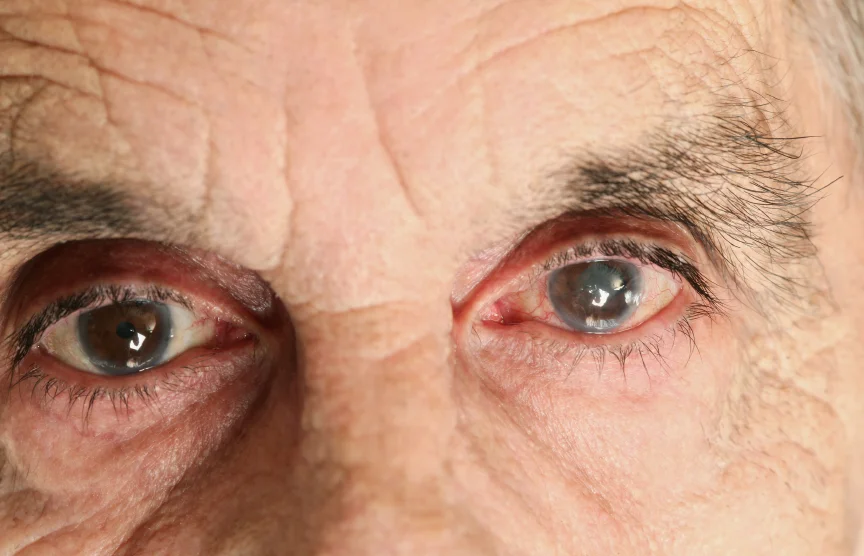Driving - a privilege not a right, no matter how long you've been driving
/I have followed this 46 yo female for the past 8 years with Retinitis Pigmentosa and Chronic Angle Closure Glaucoma. Her visual acuity is 6/7.5 in her right eye and 6/120 in her left eye. She has undergone laser iridotomies in both eyes in 2003, trabeculectomy in the left in 2004 then cataract extraction in 2005 for the inevitable posterior subscapsular cataract associated with her RP and further exacerbated by glaucoma surgery. She currently takes Lumigan qHS and Pilocarpine 2% BID in her right eye and has pressures of 19 in the right and 7 in her left eye. Oh, and, I learned today that she still drives.
Visual Field OS
Visual Field OD
"I've been driving for 25 years," she said, and continued "there are so many other drivers out there with worse vision than me."
The safety of your patient and of those innocent children in her peripheral vision or other drivers has to be more important than the stubborn desire to keep driving. After all, driving is a privilege, not a right. Just because there are worse drivers or some with worse visual acuity than 6/7.5 who are still driving, does not mean she should be allowed to keep driving. Take her license away?
What about the patient's perspective? Can it be that she just drives in the day and is a safe driver? Some States allow patient to drive wearing small telescopes on their glasses to improve their central vision. However, in the province of British Columbia (BC), this is not the case. In fact, there must be 100 degrees of horizontal visual field along with a visual acuity of at least 6/15 for daytime and 6/12 for night driving. This patient meets the visual acuity criteria with her right eye seeing 6/7.5 but, based on this set of visual fields, she only has about 25 degrees of horizontal field of view. She swears that she is careful and only drives during the day. She is young, and needs to be mobile.
The rules in BC if you find a patient is
driving who does not meet the visual criteria are to advise the patient when you learn of this and advise the motor vehicle branch if you later find out they are still driving. Yes this is a bit liberal to give the patient the benefit of the doubt but is it possible that she is a safe driver? Is there a way, in our role as physicians of being a patient advocate, to help her have the best chance of proving that she is capable and should be allowed to continue to drive?
Two options come to mind to help the patient determine whether she is still a good driver. One is to have her report to the license bureau and say that her doctor told her to get road tested. In addition, I would presume they would do the simplified visual field test that they have available there. This test is only done once when a patient first gets their driver's license, and then not until they are 70 y.o. (Is this adequate? Should our MVBs be routinely re-screening visual acuity and visual filed upon license renewal?) Another option, which we arranged, is to have the patient return for a binocular visual field test. The automated perimeter has a program for that which can help somewhat and is our first step; better still would be a binocular Goldmann Visual Field test. The standard automated perimetry usually is just set to check the central 30 degrees of vision. Given that in addition to the glaucoma, this patient actually has retinitis pigmentosa, perhaps beyond 30 degrees from straight ahead, she is a very wide field of vision.
If this patient has an intact peripheral field of vision and has 6/7.5 visual acuity in one eye, albeit only in a very small central region, could it be that she does have adequate vision to be able to drive?
I would appreciate comments on this one. I will also add to this posting once we have more test results.

